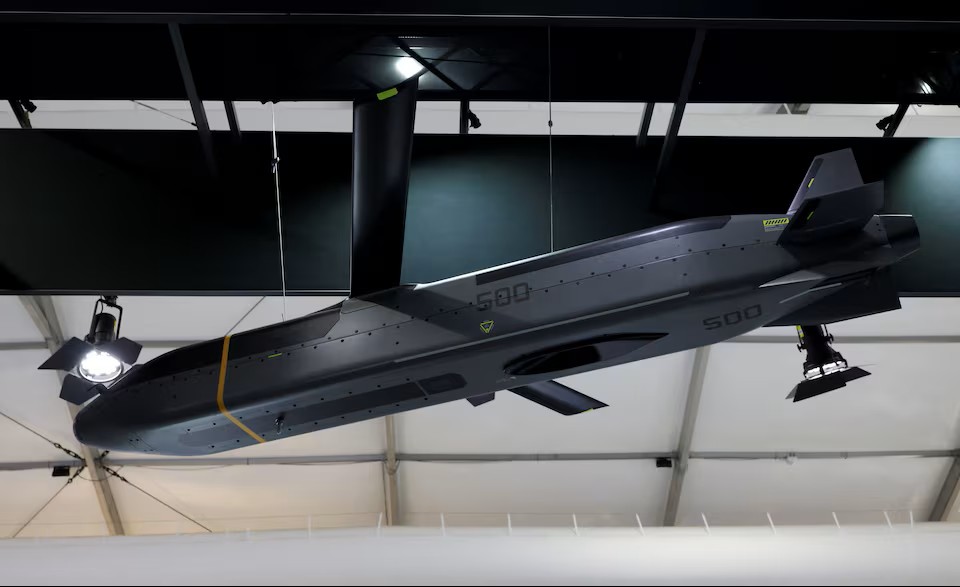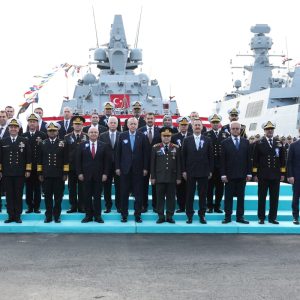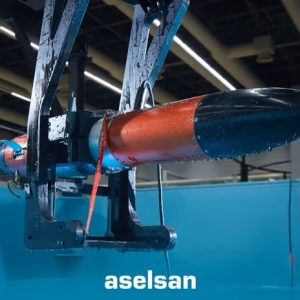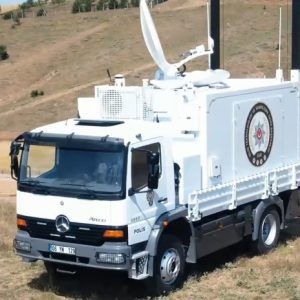
Why this matters now
Taipei has crossed an important line. The Barracuda‑500 Taiwan missile—an autonomous, low‑cost cruise missile designed by Anduril—will now be built in Taiwan by NCSIST via technology transfer. As China increases pressure, local production offers speed, resilience, and numbers.
Key Facts
System: Barracuda‑500 autonomous cruise missile. Roles: group attacks on warships; drone‑like employment. Target cost: under NT$6.5m (≈$216k) per round. Industrial model: full local line via tech transfer. Show news: two contracts and six MoUs planned with U.S. and Canadian firms at TADTE. Budget path: defence spend aimed at 5% of GDP by 2030 (≈3.3% next year).
From imports to co‑production
Taiwan is shifting from one‑off buys to scalable co‑production. By localising the Barracuda‑500 Taiwan missile, NCSIST gains surge capacity even under blockade. In practice, that means simpler tooling, modular parts, and faster ramps when it counts.
Cost‑exchange and the anti‑ship fight
A unit price near $216k changes the math. Instead of a few premium missiles, Taiwan can field salvos that stress ship defences. Moreover, massed, autonomous rounds force expensive intercepts and split an adversary’s attention across soft‑kill and hard‑kill layers.
Resilience by design
NCSIST aims to stand up a complete domestic line. Consequently, Taiwan can keep building if sea lanes close. The plan blends software‑defined autonomy with COTS‑leaning supply chains. However, the institute has not released a timeline, which is typical during supplier vetting and licensing.
Range, autonomy, employment
Open sources describe the Barracuda family as long‑range and networked, with collaborative behaviours for strike, decoy, and saturation. Exact Taiwan settings are undisclosed. Even so, image‑based navigation and GNSS‑denial resilience are central to the concept.
Signals from TADTE
The show points to deeper industry ties. Reuters notes two contracts and six MoUs for NCSIST with U.S. and Canadian partners. Additionally, the larger U.S. pavilion and rising exhibitor count suggest suppliers are preparing for stable demand in Taiwan.
What the 5% pledge unlocks
A steady rise to 5% of GDP by 2030 can sustain multi‑year munitions orders. As a result, vendors gain confidence, and learning curves drive costs down. This is how the Barracuda‑500 Taiwan missile scales from prototype to true mass.
Risks and constraints
Licensing: tech‑transfer approvals and critical components may slow the start. Counter‑measures: the PLA Navy will adapt with EW, decoys, and layered SAM/CIWS. Production: sub‑vendor certification and yields must hit targets to meet the cost ceiling. Policy: shifts in U.S. aid and sales policy could alter timelines; co‑production helps but does not remove this risk.
Bottom line
Local, affordable, and autonomous munitions give Taiwan options. They do not solve every problem. Yet, if NCSIST achieves a resilient line and keeps costs low, the Barracuda‑500 Taiwan missile becomes a credible sea‑denial tool that grows with the budget.
References
- Reuters: Taiwan shows off first missile to be jointly manufactured with US arms maker — Sept 17, 2025. Link
- Reuters: Taiwan’s spending bonanza draws more foreign firms to its largest arms show — Sept 18, 2025. Link
- Anduril: Barracuda product page (family & capabilities). Link
- Air & Space Forces: Anduril unveils new low‑cost Barracuda cruise missiles — Sept 12, 2024. Link
- Reuters: Taiwan president ups defence spending target to 5% of GDP — Aug 22, 2025. Link
Further Reading
Defence industrial base readiness · Undersea autonomy at REPMUS & Dynamic Messenger · NATO Maritime Security










